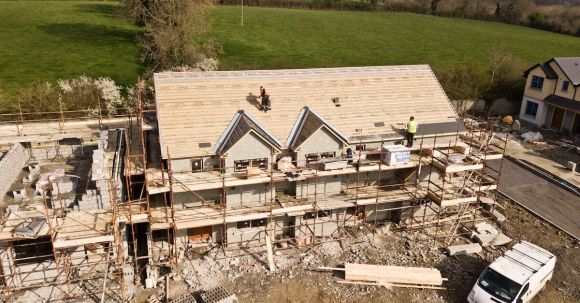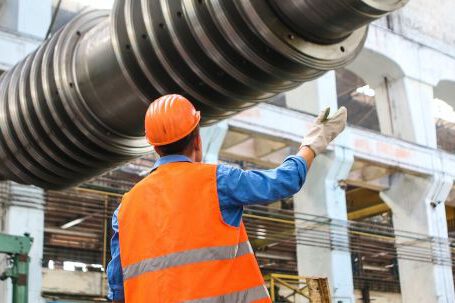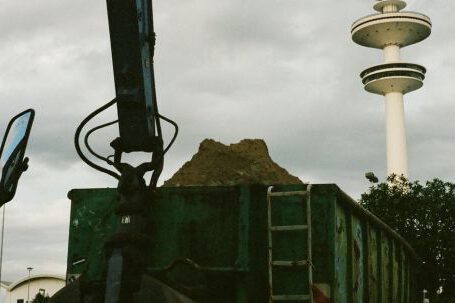The world is becoming more vulnerable to natural disasters due to climate change, and resilient infrastructure is the key to reducing the impacts of disasters. Resilient infrastructure is designed to be able to withstand the effects of a disaster and quickly recover from it. Disaster-resistant construction equipment is an essential component of resilient infrastructure.
What is Disaster-Resistant Construction Equipment?
Disaster-resistant construction equipment is designed to be resilient to the effects of disasters such as earthquakes, floods, and other disasters. This type of equipment is typically made from materials that can withstand the force of natural forces like earthquakes, floods, and wind. It is also designed to be easy to repair and replace with minimal disruption to the construction process.
Benefits of Disaster-Resistant Construction Equipment
There are many benefits to using disaster-resistant construction equipment for resilient infrastructure.
- It reduces the disruption to the construction process caused by disasters.
- It increases the safety of workers and the public during a disaster.
- It reduces the cost of repairs and replacements due to disasters.
- It increases the longevity of the infrastructure.
Examples of Disaster-Resistant Construction Equipment
There are many types of disaster-resistant construction equipment, including:
- Steel frames and columns
- Reinforced concrete foundations and walls
- Sliding door systems
- Earthquake-resistant pipes and ducts
- Protective coatings
- Impact-resistant roofing materials
- Flood-resistant barriers
Conclusion
Disaster-resistant construction equipment is an essential component of resilient infrastructure. It reduces the disruption to the construction process caused by disasters, increases the safety of workers and the public, reduces the cost of repairs and replacements due to disasters, and increases the longevity of the infrastructure. Examples of disaster-resistant construction equipment include steel frames and columns, reinforced concrete foundations and walls, sliding door systems, earthquake-resistant pipes and ducts, protective coatings, impact-resistant roofing materials, and flood-resistant barriers.






